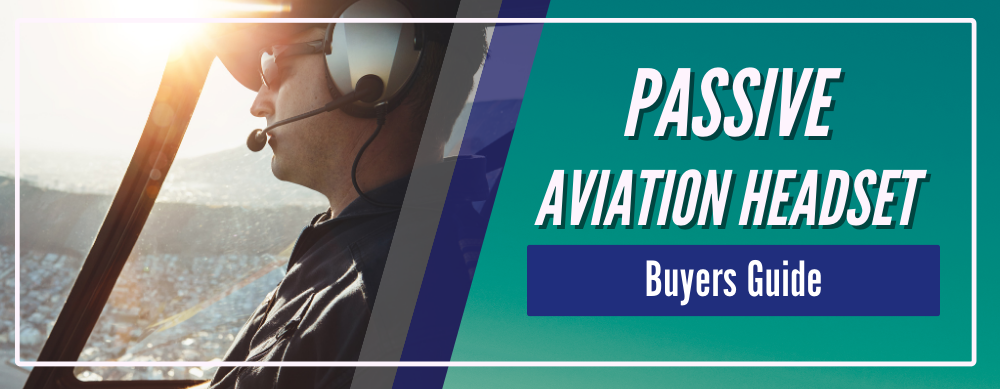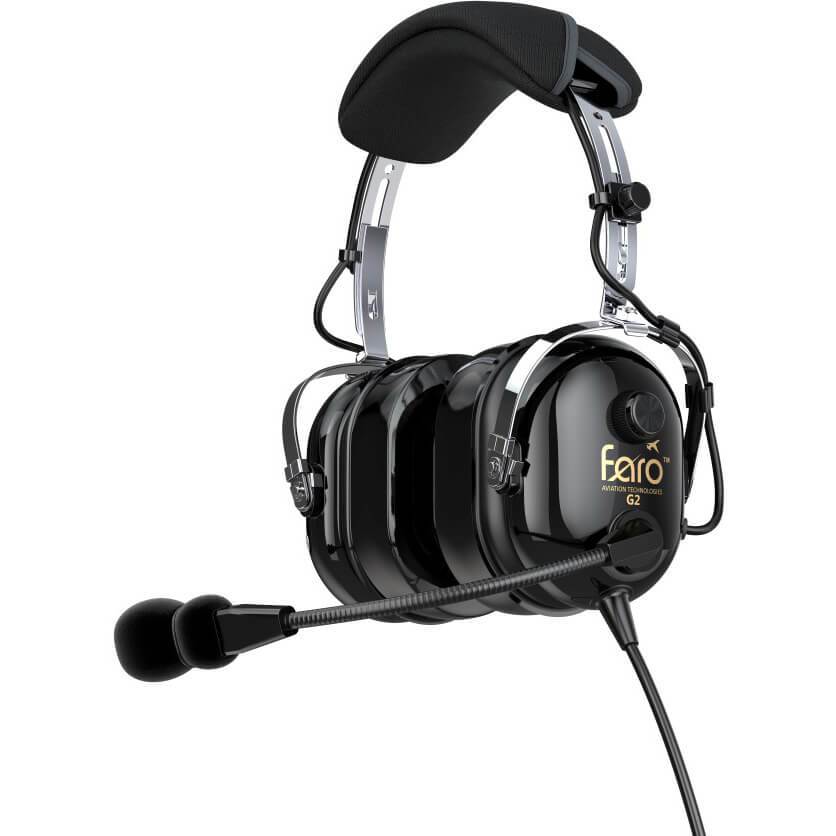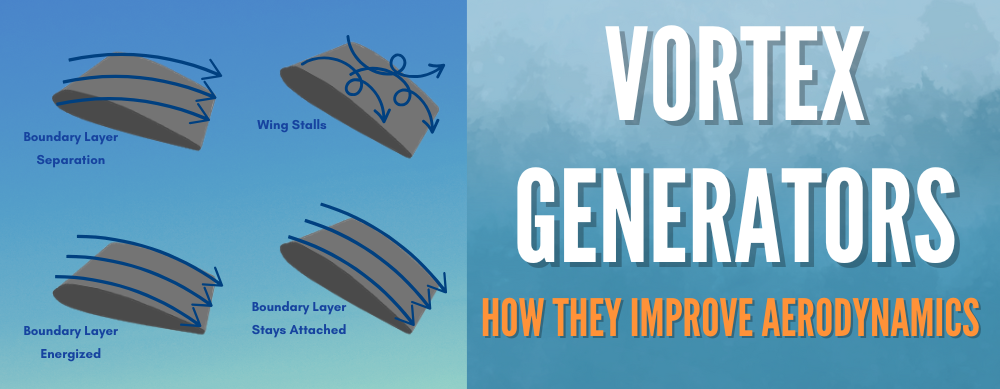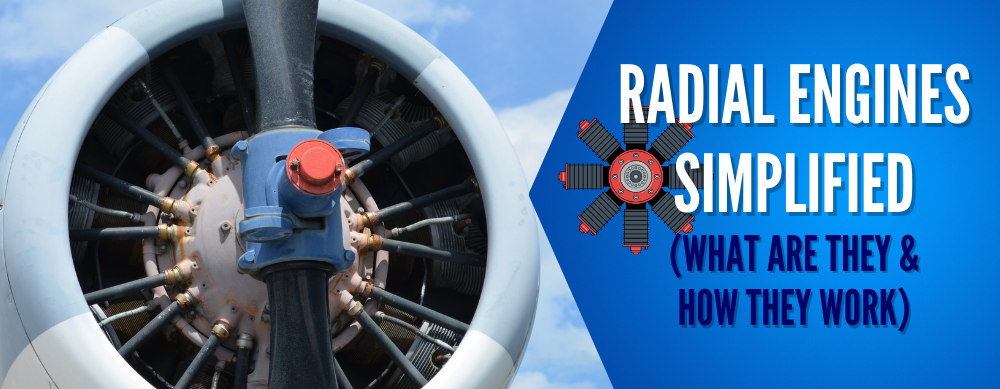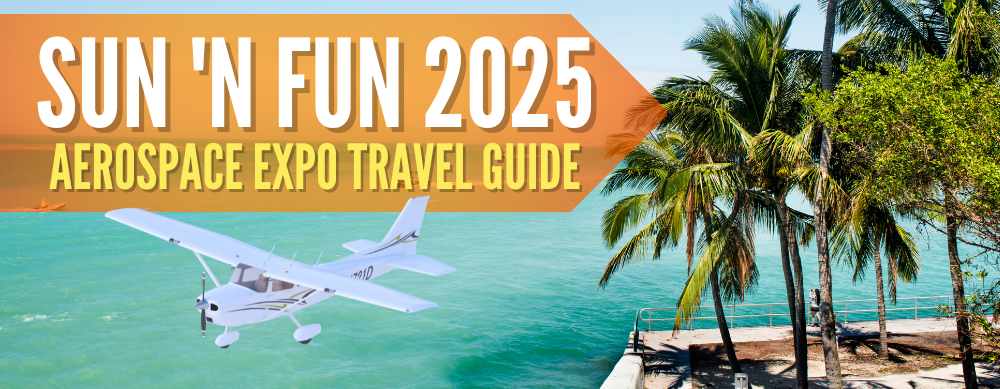At PilotMall.com, we believe in providing our customers with a wide range of options when it comes to headsets. In this blog post, we will be discussing passive headset models and their unique features.
For those unfamiliar with aviation headsets, there are two main types: Passive Headsets and ANR Headsets. The latter refers to headsets that utilize active noise reduction technology. However, in this post, we will solely focus on the benefits of passive headsets.
These headsets typically come equipped with a small battery pack and controller that emits phase-cancelling sound waves, effectively cancelling out low-frequency engine noises for a more peaceful flying experience.
Stay tuned as we get into the ins-and-outs of passive headsets!
Table of Contents
NRR Ratings
We try to provide a Noise Reduction Rating for each headset, as published by the manufacturer. A headset with a larger NRR will be quieter. The decibel system is a logarithmic scale, so you can't merely add together a headset's active and passive reduction figures to figure out how quiet it will be.
For example, the effective noise reduction of a headset with 22 dB of passive protection and 24 dB of active protection is about 26 dB. A headset with an NRR of 30 dB will make sounds feel half as loud as a headset with a rating of 20 dB.
| Noise Attenuation Data | ||||||||||
|
NRR 23 dB |
Frequency (Hz) | 125 | 250 | 500 | 1000 | 2000 | 3000 | 4000 | 6000 | 8000 |
| Attenuation (dB) | 16.6 | 20.7 | 27.4 | 33.0 | 30.5 | 36.2 | 38.1 | 36.6 | 36.6 | |
| Standard Deviation | 2.6 | 2.5 | 2.5 | 2.6 | 3.1 | 3.5 | 3.7 | 3.7 | 3.6 | |
Aviation Headset Comfort
Once you settle on a budget, comfort will probably be your biggest consideration, especially if you regularly fly cross-countries more than two hours long.
Comfort means not only how the headset feels on your head, but how much it dampens low frequencies from the engine and propeller that contribute to fatigue.
This can be subjective, so ask to borrow your flight instructor's or friend's headset for a flight and see how it feels.
Different headset makers use different materials for the padding and cushion around the ears. Many people think gel pads are the most comfortable, though memory foam padding also rates highly and can provide a softer feel.
If you wear corrective lenses or sunglasses while flying, make note of how well the pads seal around the ears and temples.
Even small gaps will let in a lot of noise, making the headset much less effective. Pay attention to the headset's clamping force, as well. Does your head feel like it's being squeezed in the vice? Or is the headset so loose that it feels like it might flop forward or backward on your head?
A headset that fits properly should rest snuggly across the top of your skull, with no tendency to slip forward or backward. The ear cups should completely encase the ear, not resting on any part of the outer ear.
Passive Headsets
Headsets with passive ear protection often provide a great value and are great for student pilots or when you need an extra pair in your flight bag. Passive headsets cut sound through a combination of earcup padding and clamping force to seat the cups around your ears.
Models that weigh less will stay comfortable for longer flights, and thicker pads on the headband will prevent pressure points on your scalp. Only a few models have audio inputs for a phone or music player, but many carry 3- to 5-year warranties.
While some headset models may have similar numbers, keep in mind that the decibel scale is logarithmic, meaning that a difference of 10 dB in noise reduction means that one headset cuts twice as much noise as the other. Thus, even a difference of 2 dB in noise reduction will be noticeable.
Not Sure Which Passive Headset to Choose? Check Out Our Blog Post on "Passive Headset Comparison"!
The Headsets
 1. ASA
1. ASA
The maker of flight training materials also has its own headset ideal for student pilots, and it carries a lifetime warranty.
The AirClassics HS-1A provides 23 dB of passive noise reduction, putting it on par with several David Clark models, but at less than half the cost. Volume control dials on the outside of each earcup let you set left and right volume without having to grope around.
- NRR: 23 dB
- Flex-boom Microphone
- Corrosion Resistant Plugs
 2. Clarity Aloft
2. Clarity Aloft
Pilots who want an in-ear alternative to a headset should look at Clarity Aloft's models. The new Clarity Aloft Link has a larger inline audio control box than before that allows it to connect with two Bluetooth devices simultaneously and switch between them - a cell phone and an iPod Touch, for example.
All of Clarity Aloft's headsets come with several sizes of foam tips for the best in-ear fit and seal, reducing noise by up to 45 dB. A thin boom mic is on the left side, while a narrow wire band around the back of the head keeps the Clarity Aloft secure.
For operators who need it, Clarity Aloft offers a TSO-certified Pro Plus Model with a slightly different design for the over-ear hooks. The original Stereo/Mono model remains the best seller.
- NRR: 45 dB
- Stereo/Mono Headset
- Canal Tip Earbuds
- Electret Condenser Microphone

3. David Clark
The newest passive headset from David Clark is the DC PRO. Like its ANR cousin, it uses on-ear memory foam ear cups, and it weighs just 8 ounces. David Clark recommends the DC PRO for commercial jet use, since it does not carry a noise reduction rating.
Among David Clark's passive headsets, the H10-30 provides the greatest protection, with a 24 dB Noise Reduction Rating. The H10-13.4 and the H10-60 cut 23 dB, and the H20-10 reduces sound levels by 22 dB.
The H10-30S is the sister of the H10-30, and features stereo audio for use with newer cockpit audio panels that provide stereo sound for music, as well as a flexible boom microphone instead of a wire frame.
Similarly, the H10-13S is the stereo audio version of the popular H10-13.4, and provides 23 dB of passive protection.
- NRR: 22-23 dB
- Double-foam Head Padding
- M-7A Amplified Electret Microphone
 4. PilotMall.com
4. PilotMall.com
The Sound Silencer Passive has generous foam around the earcups and under the headband, blocking a mighty 25 dB while weighing in at less than 14 ounces. Dual volume controls and a switch let you choose mono or stereo sound, depending on which kind of audio panel your aircraft has.
- NRR: 25 dB
- Cel/Sat Phone Connection
- Auxiliary Audio Connection
- Mono/Stereo Capability
 5. Pilot USA
5. Pilot USA
There's a reason the PA-1161 has been such a popular seller for more than 20 years: It's under $100 but provides 23 dB of passive protection, making it a perfect first headset or backup pair when your friends come along.
For female pilots, Pilot USA offers the PA-1181T, with a built-in push-to-talk switch on the earcup, inputs for a cell phone or music player, and 24 dB of passive protection.
Gel ear cups and total weight of just 13.4 ounces keep it comfortable, while pink earcup pads keep it stylish.
- NRR: 23-24 dB
- Half metal/Half Flex-boom Microphone
Want to learn about the best ANR aviation headsets?
Check out these guides!
-
12 Pilot Flight Bag Essentials You Should Always Be Carrying
-
The Best Aviation Headsets for a New "Student" Pilot - High End or Economy?
-
Active vs Passive Noise Reduction: Which is Best for Pilots?
-
What is the Bose A30 Headset? Why should you consider an upgrade?
Did you find this article helpful?
Do you think we missed anything important? Let us know in the comments below!

